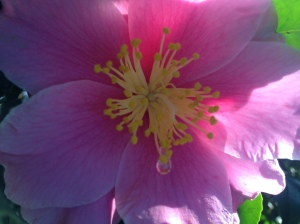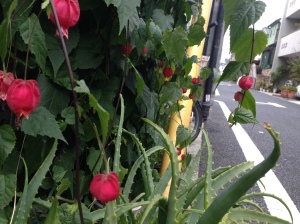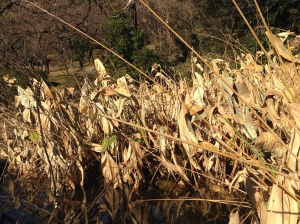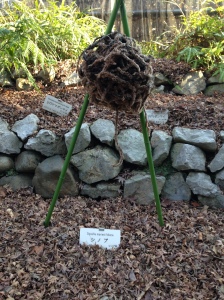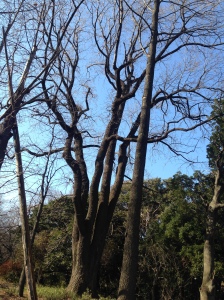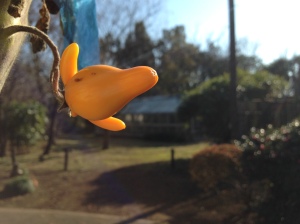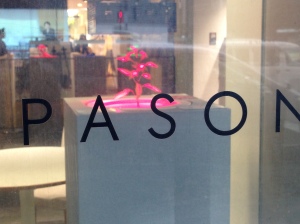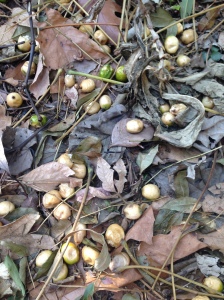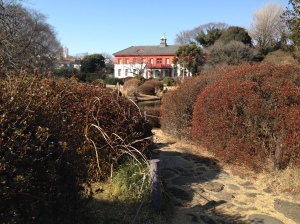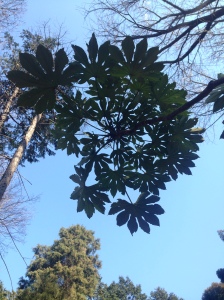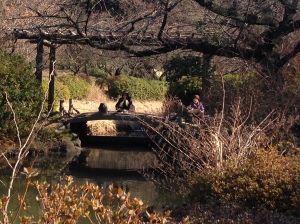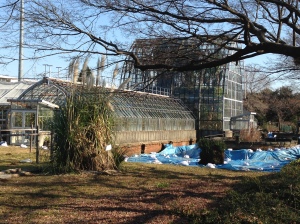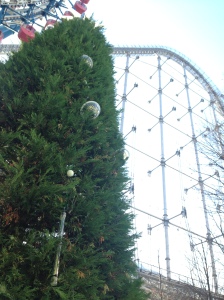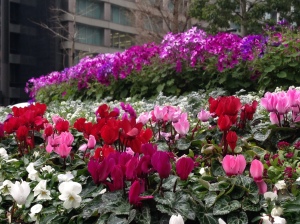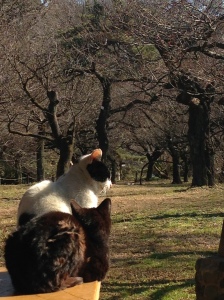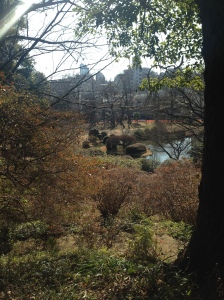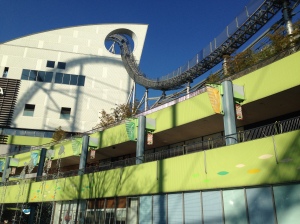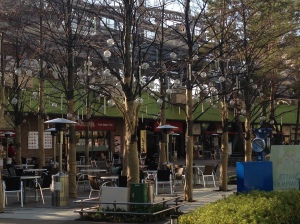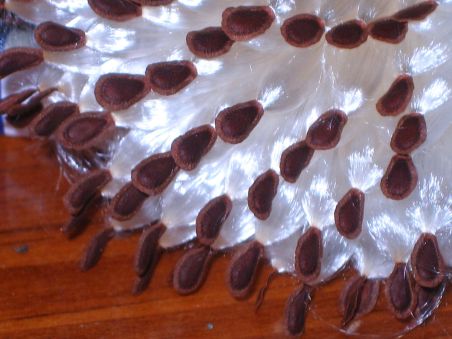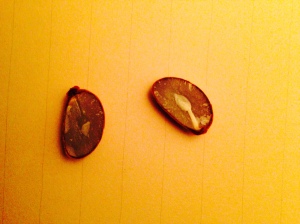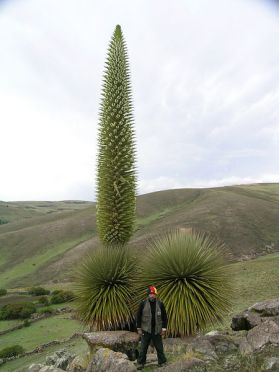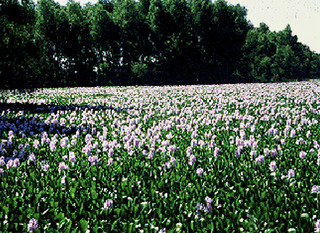It’s astounding to imagine the mass extinction brought on by the asteroid thought to have smashed into the earth 66 million years ago. Since then and especially since 2010, the year impressively dubbed the “International Year of Biodiversity”, it’s been reassuring to see news and reports highlighting even the smallest loss of or decline in biodiversity.
A small loss—in size rather than implications, that is—has been in the number of monarch butterflies migrating to Mexico. According to a 2012 study, the big ones – climate change deforestation – were cited as causes but also, surprisingly, the loss of a field favorite of my native Pennsylvania.

Monarch butterfly
National Geographic’s article published in fall last year focused on a tie between monarch butterfly decline and the disappearance of the milkweed plant, the insect’s host plant for its eggs and larval food, due to pesticide use. The study cited stated that “between 1995 and 2013, [their] model estimated that 149 billion individual milkweed stems were lost, representing a 21% decline in milkweed abundance.”
As the plant is so important for these butterflies and as butterflies are vital to our ecosystem, there has been noticeable attention given to the matter lately. A Google search on the subject returns an overwhelming number of sites supporting both monarch butterfly and milkweed colony rehabilitation.
Living in Fukushima, I can’t help but think of the two big ones here that affect biodiversity and on which I’ve already written: kudzu and radiation.
Yet one I didn’t consider is stalked, similar to milkweed, and spread all over Pennsylvania and now, unfortunately, all over Japan.
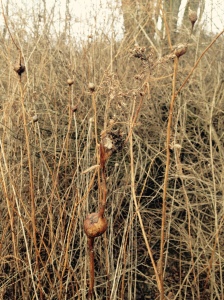
A goldenrod plant with a gall on its stem
Goldenrod is beautiful, and it’s amazingly hardy, often one of the first to colonize an area after soil disturbance or fire. There are plenty of blogs and reports bashing goldenrod for its allergy-inducing pollen (apparently unfounded) and its tendency to take over and crowd out other plants. Still, others laud it for its edible parts and medicinal properties.
While I haven’t noted them in Pennsylvania, the Golden Rod Fly, Eurosta solidaginis, depends on the plant for a year-long larval home. A search yields little information on efforts to control the invasive plant in Japan, so perhaps its effect on biodiversity has been too insignificant to note.*
In Japan, the loss of biodiversity has not only been linked with invasive plants and climate but also population decline in rural areas. While less people = less biodiversity might sound strange, it’s the practice of satoyama – forest and rice paddy management – that has always played a key role in plant biodiversity.
Slivers and copses of forests punctuate the numerous blocks of rice paddies throughout Tohoku, and these forests have been kept from growing out of control by the locals for hundreds of years. Now, as the population gravitates towards large cities and leave the countryside, large trees have taken over and inhibited other plant growth, much like goldenrod and kudzu.
In response, areas in Japan have, in the past two years, started to take advantage of biomass energy. In Maniwa, Japan, a lumber company has been using “offcuts, discarded bark and shavings produced in lumber production to create wood pellets for boilers that can produce electricity and dry wood.”
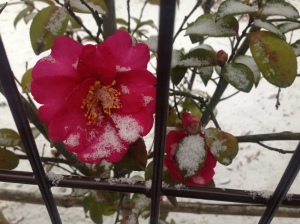 Still, it’s hard to ascertain how biodiversity is affected as well as the effects of large-scale efforts being put into motion to promote it, such as those of the UN Convention on Biological Diversity and Nagoya protocol. With the exception of a few specific aims, both have been criticized for their vague wording, ambiguous aims, and unclear ongoing status.
Still, it’s hard to ascertain how biodiversity is affected as well as the effects of large-scale efforts being put into motion to promote it, such as those of the UN Convention on Biological Diversity and Nagoya protocol. With the exception of a few specific aims, both have been criticized for their vague wording, ambiguous aims, and unclear ongoing status.
Although the efforts mentioned above are few and small in scale – including ones such as encouraging gardeners to plant more milkweed to save the monarchs – it’s nice to see local efforts and successes let alone interest in preservation.
*A blog with some helpful advice to rid gardens of goldenrod: http://www.coldclimategardening.com/2008/10/09/goldenrod-this-native-plant-should-be-kept-out-of-the-garden/
